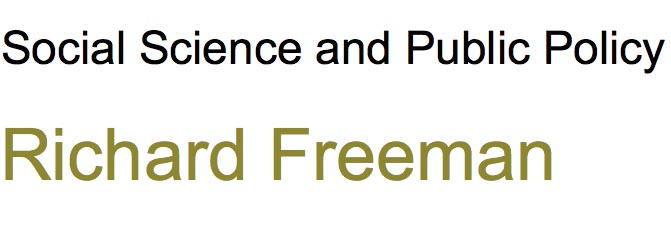What do we imagine when we imagine Europe and the European Union? What unacknowledged assumptions do we hold? In Governing Europe’s Spaces, we re-imagine Europe as a space of action. We elaborate our concept of space – physical, symbolic, peopled, bordered, multiple and routinised – and ask where are these spaces of Europe and what goes on in them?
What do we imagine when we imagine Europe and the European Union? What unacknowledged assumptions do we hold? Here, we argue that EU studies have been dominated by discussions in which ‘the EU’ is consistently treated as an object: supranational, intergovernmental, multi-level, monotopic. Theoretical debates over which image is ‘correct’, although important, nonetheless camouflage a more fundamental divide about how we can and should imagine Europe. And it is only through identifying this ontological divide that scholarship is enabled – if it so desires – to move away from imagining Europe as an object and to think of Europe differently. We explain why we focus on ontology and set out our own starting point. Critically, rather than beginning by assuming the EU to be supranational or intergovernmental or some hybrid organisation, we instead start out by making inclusive assumptions about its causal structures. These are process-orientated, collectivist and interpretivist assumptions enabling us to re-imagine Europe as a space of action. We elaborate our concept of space – physical, symbolic, peopled, bordered, multiple and routinised – and ask where are these spaces of Europe and what goes on in them?
